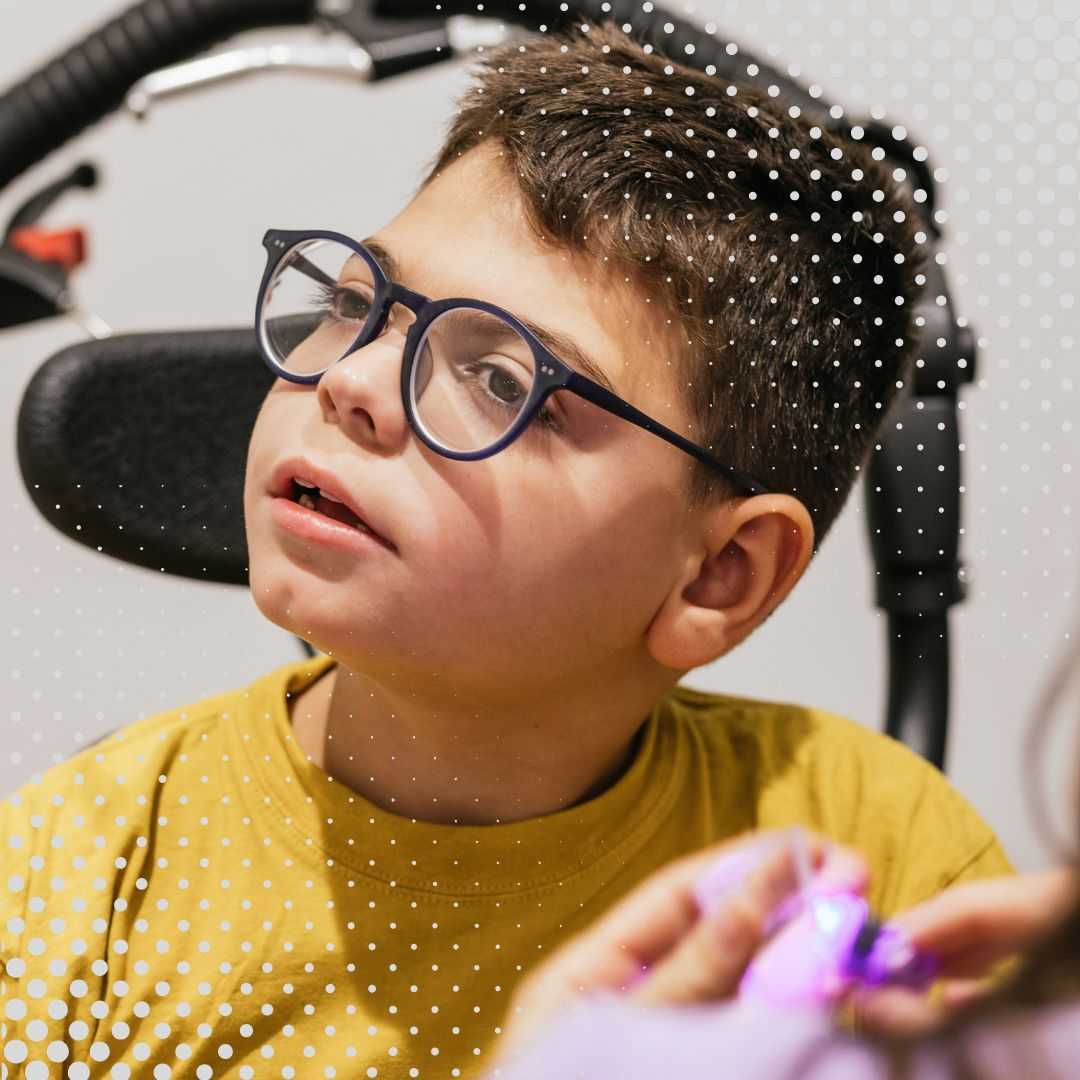HIV/AIDS and Stem Cell Research: Hope for a Future Cure
.png)
You might have heard exciting news about individuals being cured of HIV/AIDS through stem cell therapy, sparking hope and numerous questions. It’s a truly fascinating area of medical research that has shown remarkable, though limited, success. The idea of a complete cure for HIV, a virus that has affected millions globally, is a significant breakthrough worth understanding.
In this blog post, we’ll explore the intricate relationship between stem cells and HIV/AIDS, diving into how these remarkable cells have offered a path to a potential cure for a very small number of people. We’ll also address the challenges, risks, and availability of such treatments, alongside looking at other promising avenues in the quest for an HIV cure. Join us as we unpack the science behind these medical miracles and what they mean for the future of HIV/AIDS treatment.
Can stem cells cure HIV/AIDS completely?
While the concept of stem cells providing a definitive cure for HIV/AIDS sounds groundbreaking, it's important to understand the context. To date, only a handful of individuals worldwide have been confirmed to be cured of HIV following stem cell transplantation. These individuals, often referred to as "patients," received specific types of bone marrow transplants to treat aggressive blood cancers, such as leukemia. The success of their HIV cure was largely incidental to their cancer treatment.
The key to these cures lies in the specific characteristics of the donor stem cells. These cells carried a rare genetic mutation, known as CCR5 delta 32, which makes the immune cells resistant to most strains of HIV. When these resistant stem cells engrafted in the patient's body, they replaced the HIV-susceptible immune cells, effectively eliminating the virus from their system. However, this procedure is extremely complex, carries significant risks, and is not a routine HIV treatment.
How do bone marrow transplants contribute to an HIV cure?
Bone marrow transplants, a form of stem cell therapy, are primarily used to treat certain cancers and blood disorders by replacing a patient's unhealthy bone marrow with healthy donor cells. In the context of HIV, for a transplant to be curative, the donor must have a rare genetic mutation. This mutation, called CCR5 delta 32, results in a lack of the CCR5 receptor on the surface of immune cells, which is the primary gateway HIV uses to infect cells.
During the transplant process, the patient's existing immune system is first wiped out through chemotherapy and radiation. Then, the healthy, CCR5 delta 32-mutated stem cells from the donor are infused. These new stem cells repopulate the patient's immune system, producing immune cells that are naturally resistant to HIV. This effectively removes the target cells for the virus, leading to its functional elimination from the body. This intricate process requires a perfect match between donor and recipient to minimize rejection and other severe complications.
What is the significance of the CCR5 delta 32 mutation in HIV treatment?
The CCR5 delta 32 mutation is a naturally occurring genetic variation found in about 1% of people of European descent. Individuals who inherit two copies of this mutation (one from each parent) lack the CCR5 co-receptor on the surface of their CD4+ T-cells, which are the main targets of HIV. Without this receptor, the most common strains of HIV (R5-tropic) cannot bind to and infect these immune cells, providing a natural immunity.
The significance of this mutation in HIV treatment became clear with the first successful HIV cures. By transplanting stem cells from donors with this specific mutation, doctors could effectively rebuild an HIV-resistant immune system in the recipient. This discovery validated the CCR5 receptor as a key target for HIV prevention and cure strategies, leading to the development of drugs that block the CCR5 receptor (like maraviroc) and ongoing research into gene-editing technologies to introduce this mutation into a patient's own cells.
Who are the famous HIV cure cases linked to stem cell therapy?
The first widely recognized case of an HIV cure was Timothy Ray Brown, known as the "Berlin Patient." He received two bone marrow transplants in 2007 to treat acute myeloid leukemia. His donor carried the CCR5 delta 32 mutation. Brown remained free of detectable HIV for over a decade until his death from leukemia in 2020, becoming the first confirmed HIV cure.
Following Brown's case, Adam Castillejo, the "London Patient," was confirmed in 2020 as the second person to achieve HIV remission after a similar stem cell transplant for Hodgkin's lymphoma. More recently, several other cases, including the "New York Patient" (a woman of mixed race), have been reported, further solidifying the potential of this approach. These patients provide crucial insights into the mechanisms of HIV persistence and clearance, even though the procedure itself remains too risky and complex for widespread HIV treatment.
Is stem cell therapy for HIV a routine treatment option?
Despite the successes, stem cell therapy specifically for HIV is far from being a routine treatment option. The procedure involves intensive chemotherapy and radiation to destroy the patient's existing immune system, followed by the infusion of donor stem cells. This process is incredibly harsh on the body, carrying a high risk of severe side effects, including graft-versus-host disease (where the donor cells attack the recipient's body), infections, and even death.
Currently, the risks associated with this type of transplant far outweigh the benefits for most people living with HIV, especially since effective antiretroviral therapy (ART) allows them to live long and healthy lives. Therefore, it is only considered for HIV-positive individuals who have a life-threatening blood cancer or other condition that independently necessitates a bone marrow transplant and for whom a CCR5 delta 32 donor can be found. Research continues to explore safer ways to achieve similar outcomes.
What are the major risks and challenges of using stem cells for HIV?
The primary challenge with stem cell transplantation for HIV is the sheer intensity and danger of the procedure. Patients must undergo myeloablative conditioning (high-dose chemotherapy and/or radiation) to clear their existing bone marrow. This leaves them extremely vulnerable to infections and other complications. Subsequently, there's a significant risk of graft-versus-host disease (GVHD), where the transplanted immune cells attack the patient's tissues, which can be life-threatening.
Other significant challenges include:
- Donor Matching: Finding a compatible donor with the rare CCR5 delta 32 mutation is extremely difficult.
- Toxicity: The drugs and radiation used are highly toxic, leading to long-term health issues for survivors.
- Cost and Accessibility: The procedure is immensely expensive and requires highly specialized medical facilities, making it inaccessible to the vast majority of people with HIV.
- Ethical Considerations: Given the availability of effective ART, the ethical implications of putting an HIV-positive person through such a high-risk procedure solely for an HIV cure are substantial.
Are there other advanced therapies for HIV besides stem cells?
While stem cell therapy offers a glimpse into a potential cure, much research is focused on less invasive and more scalable advanced therapies for HIV. One promising avenue is gene therapy, which involves modifying a patient's own immune cells to make them resistant to HIV. For example, scientists are exploring using CRISPR-Cas9 technology to knock out the CCR5 gene in a person's T-cells or hematopoietic stem cells, similar to the natural mutation.
Other innovative approaches include:
- Broadly Neutralizing Antibodies (bNAbs): These powerful antibodies can recognize and neutralize a wide range of HIV strains, potentially offering long-term protection or even functional cures.
- Therapeutic Vaccines: Unlike preventive vaccines, these aim to boost an infected person's immune response to control the virus without daily medication.
- Latency-Reversing Agents (LRAs): These drugs are designed to "wake up" dormant HIV in resting immune cells, making the virus visible to the immune system and antiretroviral drugs, which could then clear it. This is often part of a "shock and kill" strategy.
These research areas hold significant promise for future HIV treatment and prevention.
Can I undergo HIV stem cell treatment through medical tourism?
The idea of pursuing advanced medical treatments through medical tourism is increasingly popular, but for conditions as complex and life-threatening as HIV/AIDS, and for procedures as specialized as CCR5-mutated stem cell transplantation, caution is paramount. Legitimate HIV stem cell treatment for a potential cure is an extremely rare and high-risk procedure, typically performed only at world-leading academic medical centers and under strict ethical guidelines, primarily for patients with co-occurring cancers that warrant a transplant.
Unfortunately, the growing interest in stem cell therapy has led to the proliferation of unregulated clinics, especially in some medical tourism destinations, that offer unproven or experimental stem cell treatments for a wide range of conditions, often at high costs and without scientific backing. These clinics may exploit the hope of patients by offering procedures that are not only ineffective but also potentially dangerous. It's crucial to be highly skeptical and thoroughly research any claims of "stem cell cures" for HIV offered outside established, regulated clinical trials.
What is the cost of stem cell therapy for HIV in different countries?
When considering the legitimate stem cell therapy for HIV that has resulted in cures — specifically, the allogeneic hematopoietic stem cell transplant from a CCR5 delta 32 donor — the cost is extraordinarily high. These procedures involve extensive pre-transplant evaluations, donor matching, high-dose chemotherapy/radiation, the transplant itself, and prolonged post-transplant care, including managing potential severe complications like graft-versus-host disease and opportunistic infections. Such treatments are typically performed in highly specialized oncology or transplant centers in countries with advanced healthcare systems.
Estimates for such complex bone marrow transplants in countries like the United States can range from $300,000 to over $1 million, depending on the hospital, length of stay, and complications. This does not include the difficulty and expense of finding a suitable CCR5 delta 32 donor. Unregulated clinics offering unproven "stem cell treatments" might quote lower prices, but these are often for therapies that lack scientific evidence and can be harmful. For genuine, life-saving transplants for co-morbid conditions, insurance may cover some costs, but for an HIV cure alone, it is not a standard, covered procedure.
How do I choose a medical tourism destination for advanced HIV treatment?
If you are considering medical tourism for any advanced HIV treatment, whether for current standard care or investigational therapies, thorough research is essential. Begin by identifying countries recognized for their high medical standards and strong regulatory oversight. Focus on internationally accredited facilities (such as those certified by the Joint Commission International – JCI) with a proven record in infectious disease management or hematology/oncology, depending on your specific treatment needs.
Key factors to consider include:
- Accreditation and Regulation: Verify the clinic and doctors are licensed and regulated by reputable national and international bodies.
- Expertise: Research the experience and qualifications of the medical team, especially their track record with HIV and the specific advanced therapy you are seeking.
- Treatment Transparency: Ensure you receive a clear, detailed treatment plan, including expected outcomes, risks, duration, and all associated **costs**, before committing.
- Evidence-Based Practices: Be extremely wary of clinics advertising "cures" or stem cell treatments for HIV that are not part of legitimate, peer-reviewed clinical trials or established medical protocols. Consult with your current HIV specialist before considering any international treatments.
- Language and Support: Assess the availability of language support and patient services to ensure clear communication and a comfortable experience.
Always prioritize safety, ethical practices, and scientifically validated treatments over unverified claims, especially when dealing with complex conditions like HIV/AIDS.
Ready to explore validated healthcare options worldwide? PlacidWay helps you navigate global medical choices, connecting you with accredited facilities and specialists for a wide range of treatments. Contact us to learn more about safe and effective healthcare solutions for your needs.


.png)









Share this listing